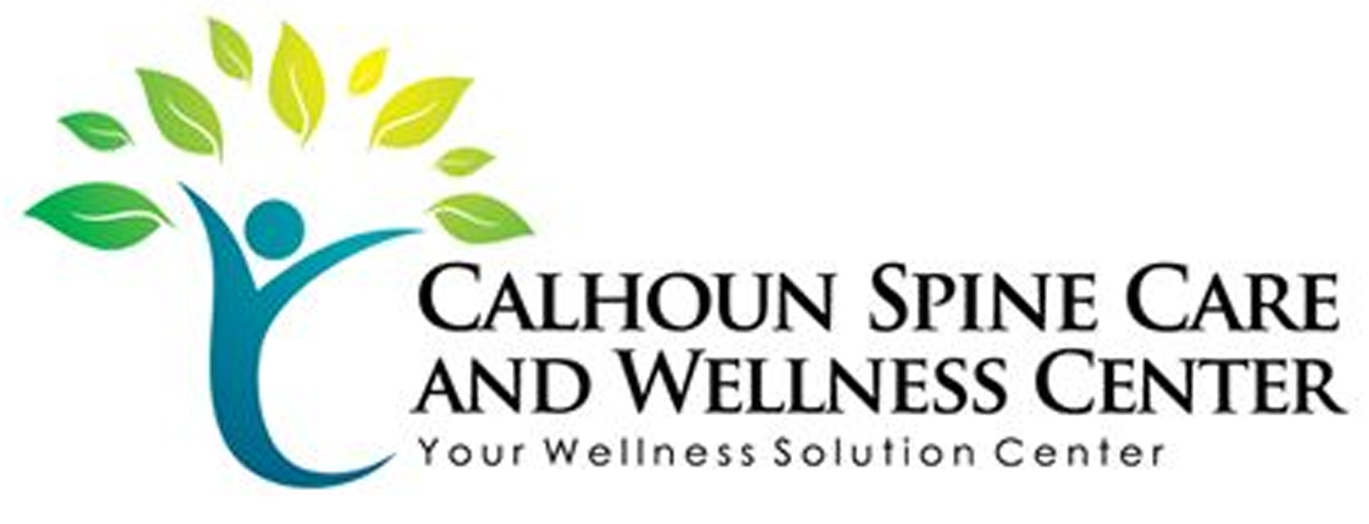When it comes to back pain treatments, you might wonder if they all deliver the relief they promise. While options like physical therapy, medications, and alternative therapies are widely used, their effectiveness can vary considerably based on your unique situation. Some people experience remarkable improvement, while others find themselves still struggling. This discrepancy raises important questions about the role of personalized care in treatment success. What factors truly make a difference in your pain management journey? Exploring these nuances could change your perspective on treatment options.
Understanding Back Pain
Back pain is a common issue that affects millions of people, and understanding its causes is crucial for effective management. You might be surprised to learn that back pain can stem from various factors, including poor posture, muscle strain, or underlying medical conditions.
When you sit for long periods or lift heavy objects incorrectly, your spine can become misaligned, leading to discomfort and pain.
Another factor to reflect on is your lifestyle. If you're not getting enough exercise, your muscles may weaken, making them less capable of supporting your back. Weight gain can also put extra strain on your spine, contributing to pain.
Stress plays a role too—when you're stressed, you might unconsciously tense your back muscles, leading to tightness and discomfort.
In some cases, back pain may be linked to specific medical conditions such as herniated discs, arthritis, or even infections. If you've experienced persistent pain, it's important to consult a healthcare professional to rule out any serious issues.
You should also be aware that age can increase the risk of developing back pain due to natural wear and tear on your spine.
Recognizing the underlying causes of your back pain is the first step toward addressing it effectively. By understanding what may be contributing to your discomfort, you can take proactive measures to improve your situation and enhance your overall well-being.
Common Treatment Options
When it comes to relieving back pain, several effective treatment options can help you regain comfort and mobility. One of the most common methods is over-the-counter pain relievers, like ibuprofen or acetaminophen. These medications can reduce inflammation and alleviate pain, making daily activities more manageable.
Another popular option is physical therapy, which focuses on strengthening the muscles that support your spine and improving your overall flexibility. While we won't investigate its effectiveness just yet, many find that targeted exercises and stretches can lead to significant relief.
Heat and cold therapy are also worthwhile treatments. Applying a heating pad can relax tense muscles and improve blood flow, while ice packs can numb sharp pain and reduce swelling. You may find alternating between the two provides the best results.
Chiropractic care is another avenue to explore. Chiropractors use spinal manipulation techniques to align your spine properly, which can relieve pressure on nerves and lessen pain. Many people report feeling better after just a few sessions.
Lastly, if your back pain is chronic, you might consider alternative therapies like acupuncture or massage therapy. These methods can help ease tension and promote healing.
Incorporating lifestyle changes, such as maintaining a healthy weight, practicing good posture, and staying active, can also play an essential role in managing back pain.
Effectiveness of Physical Therapy
Understanding the effectiveness of physical therapy can be crucial for anyone dealing with back pain. This treatment method focuses on improving movement, reducing pain, and restoring function. You might wonder how physical therapy stacks up against other treatments. Here are a few key benefits to reflect on:
- Personalized Treatment Plans: Physical therapists tailor their approach to your specific needs. They assess your condition and design a program that suits your lifestyle, ensuring you get the most effective care.
- Improved Mobility and Strength: Engaging in targeted exercises can help restore your range of motion and strengthen the muscles supporting your spine. This not only alleviates current pain but also reduces the likelihood of future issues.
- Education and Self-Management: A significant part of physical therapy involves educating you about your body and the mechanics of movement. You'll learn techniques to manage pain and prevent further injury, empowering you to take control of your health.
While the effectiveness of physical therapy can vary from person to person, many individuals report significant improvements in their back pain after completing a course of treatment.
It's important to stay committed and follow your therapist's recommendations. By actively participating in your recovery, you increase the chances of achieving long-term relief from back pain.
Role of Medications
When dealing with back pain, medications can play a vital role in your relief strategy.
You've got various types of pain relievers at your disposal, but it's important to understand their risks and side effects.
Let's explore how these medications can help and what you should be cautious about.
Types of Pain Relievers
Pain relief is an essential aspect of managing back pain, and various medications play an important role in this process. When you're looking for relief, you typically have a few main types of pain relievers to evaluate. Each type targets pain in its own way, catering to different needs and preferences.
Here are three common types of pain relievers you might use:
- Nonsteroidal Anti-Inflammatory Drugs (NSAIDs): These include over-the-counter options like ibuprofen and naproxen, which reduce inflammation and relieve pain effectively.
- Acetaminophen: Often used for mild to moderate pain, acetaminophen can be a good choice if you're unable to take NSAIDs due to stomach issues or other concerns.
- Prescription Medications: For more severe pain, your doctor may prescribe stronger options, such as muscle relaxants or opioids, to help manage your symptoms.
Understanding the different types of pain relievers can empower you to make informed choices about your back pain management.
Always consult with a healthcare professional to determine the best medication for your specific situation.
Risks and Side Effects
Any medication you take for back pain can come with risks and side effects that you should be aware of. Over-the-counter pain relievers, like ibuprofen or acetaminophen, may cause stomach issues, liver damage, or allergic reactions if used improperly.
If you're taking prescription medications, such as opioids, the risks increase considerably. Opioids can lead to addiction, respiratory issues, and even overdose if not monitored closely.
Muscle relaxants might help alleviate discomfort, but they can also cause dizziness, drowsiness, and dependency. You should be cautious about driving or operating heavy machinery while on these medications.
Additionally, corticosteroids, often prescribed for inflammation, can weaken your immune system and lead to weight gain or osteoporosis with long-term use.
Always discuss your medical history and current medications with your healthcare provider before starting any new treatment. They can help you weigh the benefits against potential risks and suggest alternatives if necessary.
Alternative Therapies Explored
When you're looking for relief from back pain, alternative therapies like acupuncture and chiropractic adjustments might be worth considering.
Acupuncture targets specific points in your body to alleviate discomfort, while chiropractic care focuses on aligning your spine for overall wellness.
Exploring these options can open new pathways to managing your pain effectively.
Acupuncture for Pain Relief
While many seek traditional methods for back pain relief, acupuncture has emerged as a compelling alternative that offers unique benefits. This ancient practice involves inserting thin needles into specific points on your body to stimulate energy flow and promote healing. Many people find it effective for alleviating pain and enhancing overall well-being.
Here are three key benefits of acupuncture for back pain relief:
- Pain Reduction: Acupuncture can trigger the release of endorphins, your body's natural painkillers, which may help reduce discomfort considerably.
- Improved Functionality: By addressing the underlying issues causing your pain, acupuncture may improve your mobility and overall functionality, allowing you to return to daily activities more comfortably.
- Lower Stress Levels: The relaxation response triggered during acupuncture sessions can help lower stress, which is often a contributing factor to chronic pain.
If you're considering acupuncture, it's crucial to consult with a qualified practitioner to guarantee you receive appropriate treatment tailored to your specific needs.
With its holistic approach, acupuncture might just be the alternative therapy you need for effective back pain relief.
Chiropractic Adjustments Benefits
Chiropractic adjustments offer a hands-on approach to back pain relief that many find beneficial. If you're struggling with discomfort, these adjustments can help realign your spine and improve your overall mobility. By targeting specific areas of your back, chiropractors use precise techniques to alleviate pressure on nerves and reduce inflammation, which can lead to significant pain relief.
Many people report experiencing immediate improvements after an adjustment, along with long-term benefits such as enhanced posture and reduced muscle tension. These adjustments can also promote better blood flow, which aids in the healing process.
Plus, when your spine is aligned correctly, your body can function more efficiently, potentially decreasing the frequency of future back issues.
Additionally, chiropractic care often includes personalized exercise and stretching recommendations, empowering you to take charge of your back health. By combining adjustments with lifestyle changes, you can create a holistic approach to pain management.
If you're seeking a non-invasive treatment option, chiropractic adjustments could be a valuable part of your pain relief strategy. Always consult with a healthcare professional before starting any new treatment to verify it's right for you.
Surgical Interventions
Surgical interventions for back pain are typically considered when other treatments, like physical therapy or medications, haven't provided relief.
If you find yourself in this situation, it's vital to understand the various surgical options available, as well as their potential benefits and risks. Here are three common types of surgical interventions you might encounter:
- Discectomy: This procedure involves removing a herniated disc that's pressing on a nerve. If you're experiencing severe pain or numbness, this could alleviate pressure and improve your symptoms.
- Laminectomy: In this surgery, part of the vertebra called the lamina is removed to create more space for the spinal cord and nerves. If you have spinal stenosis, this might be a suitable option to relieve compression.
- Spinal Fusion: This procedure aims to join two or more vertebrae together to stabilize the spine. If you have chronic back pain due to instability or degenerative disc disease, a spinal fusion could enhance your quality of life.
While these procedures can be effective, it's important to weigh the potential benefits against the risks involved, including infection, blood clots, or a longer recovery period.
Before deciding on surgery, consult with your healthcare provider to discuss your specific condition and determine the best course of action tailored to your needs.
Importance of Personalized Care
Personalized care is essential when addressing back pain because every individual's experience and condition vary greatly. What works for one person mightn't work for another, and this is why tailoring your treatment plan to your specific needs is important.
When you seek personalized care, healthcare providers can take into account your medical history, lifestyle, and the particular nature of your pain. You might find that a combination of therapies—like physical therapy, medication, or alternative treatments—works best for you.
For instance, if you've been struggling with chronic pain, a one-size-fits-all approach may overlook significant factors that contribute to your discomfort. Personalized care allows for adjustments based on your progress and feedback, optimizing your treatment outcomes.
Moreover, understanding your unique pain triggers can help you avoid activities that exacerbate your condition. Engaging in open conversations with your healthcare provider about your symptoms and preferences enables them to craft a more effective plan.
You'll likely feel more empowered and engaged in your recovery when you know your treatment is designed specifically for you.
Conclusion
To sum up, not all back pain treatments work the same for everyone. Your unique circumstances, like the cause of your pain and overall health, play a huge role in how effective a treatment will be for you. While options like physical therapy, medications, and alternative therapies can help many people, personalized care tailored to your specific needs is key. So, take the time to explore what works best for you to find the relief you deserve.



